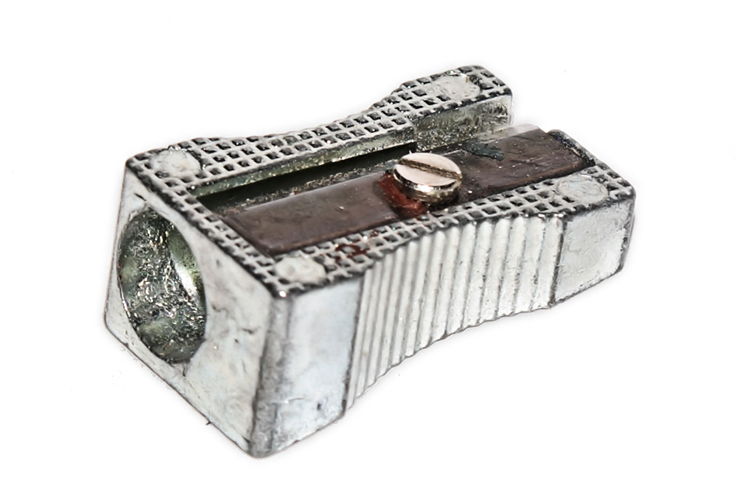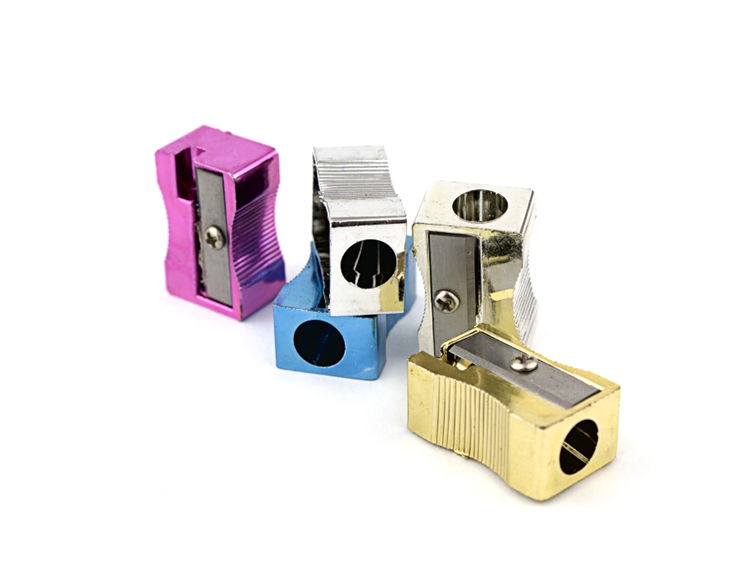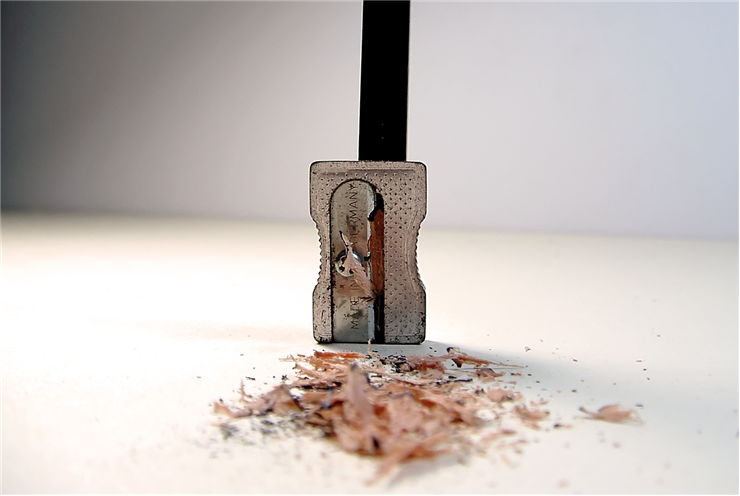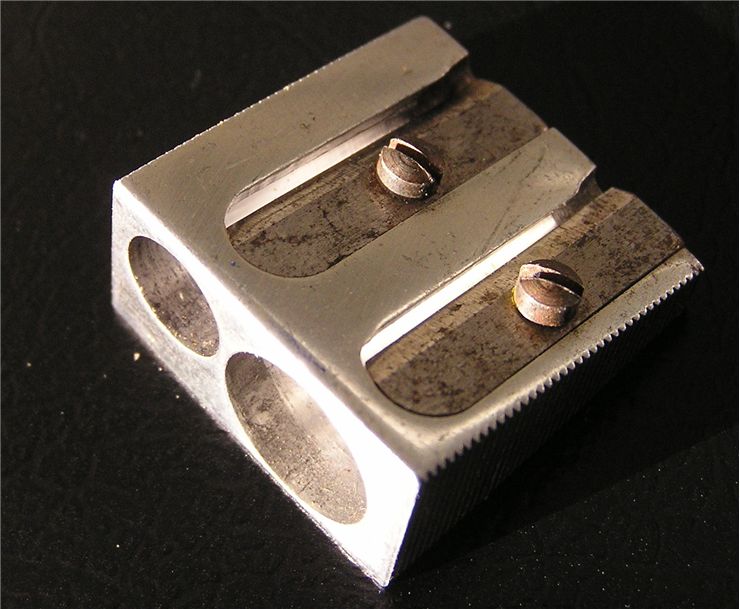History of Pencil Sharpener – Types and Facts
A pencil sharpener is a mechanical gadget used for sharpening pencils. Pencils get dull while used, and their core shortens, so a pencil sharpener shaves the casing and the core of the wooden pencil until it shapes the point. It can be operated manually or by an electric motor.
Before pencil sharpeners appeared, pencils were sharpened with small knives or sandpaper. Some pencils (like a carpenter) were sharpened with a knife even after that because they are flat and cannot be sharpened with a rotating motion.
In 1828, French mathematician Bernard Lassimonne patented the first pencil sharpener. This sharpener had small metal files set at 90 degrees in a block of wood, and it ground the edges of the pencil’s tip. This method wasn’t any faster or easier than sharpening with a knife, so it didn’t become popular. Thierry des Estivaux, also from France, improved this design and made a sharpener with one blade in a conical housing - a design that we still use today and call a “prism sharpener.” The next improvement came from the other side of the Atlantic in 1851, from Walter K. Foster. He improved Estivaux’s design so it could be mass-produced.
These inventions had only one flaw. They all demanded user to hold the sharpener steady and turn the pencil or vice versa, which often broke the lead. Because of that, many tried to improve the sharpener further but with little luck. The first sharpener to fix this problem was A.B. Dick Planetary Pencil Pointer invented in 1896. It had two milling disks that rotated around their respective axes as they revolved around the tip of the pencil as another axis. This system was encased and stood still while the crank of the sharpener was turned. In 1904 the Olcott Climax Pencil Sharpener improved on this design by replacing milling disks with a cylindrical cutting head with spiral cutting edges in the same planetary mechanism used in Pencil Pointer. The first electrical sharpeners appeared in 1910 but were not commercially available until 1940. Since then, pencil sharpeners didn’t change much except in materials used for their production.
Today we have different types of pencil sharpeners. "Prism," "manual," or "pocket" sharpeners are the simplest and the oldest variant. They have a conical hole that leads to the blade, whose sharp edge enters the shaping cone. The Dull point of the pencil is placed into the hole, and the pencil (or a sharpener) is rotated so a blade cuts into the pencil's point and shaves wood and graphite slivers. The cone hole has an opening near the blade that lets slivers fall outside or into a casing that is part of the sharpener. Prism sharpeners are usually made of aluminum or hard plastic, although older ones were made of wood). Blade sharpeners work similarly to knives. They have a knife-like blade, or they use replaceable shaving razor blades. Some also have a mechanical guide to make pencil sharpening easier. They are more complicated to use but allow the user to sharpen the pencil, while prism sharpeners can give only one shape. Cylindrical (planetary) sharpeners are mounted on a desk or a wall, allowing them to be powered by a crank. Some advanced models have a spring-driven holder for the pencil and a regulator for pencil sharpness. Electric sharpeners work the same as cylindrical ones but are powered by an electric motor and are easier to use. Some other pencil sharpeners have rotary cutter disks with cutting edges or abrasives like sandpaper. There are also specialized sharpeners made to sharpen non-standard sizes of pencils.



